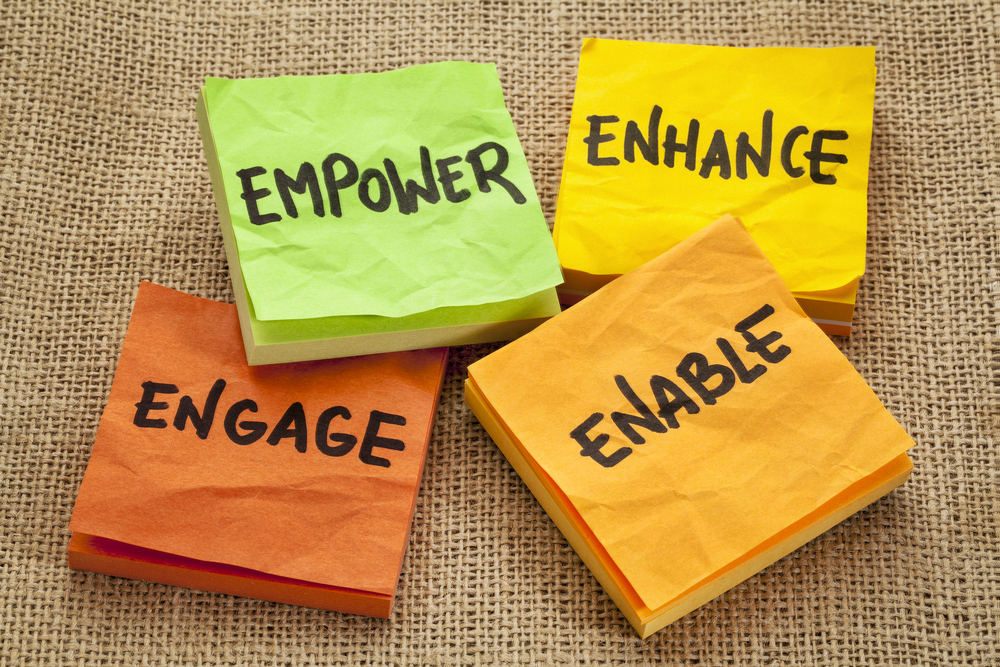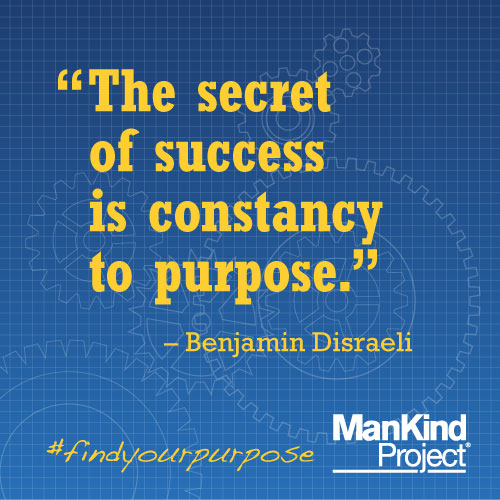
by Alain Hunkins, originally published on Pioneer Leadership
If it were you, which would you most prefer?
- No choice
- Someone else’s choice for me
- My choice
The answer is obvious: In general, we prefer to make our own choices.
There’s a freedom that comes from making our own choices. This is the heart of empowerment: the ability to be directly involved in our work. This involvement includes prioritizing the work, as well as when and how the work gets done.
When employees are empowered, they’re naturally more engaged. Empowerment breeds a pride of ownership. This translates into how employees deal with customers. A study by the Gallup Organization found that organizations that empower employees experience 50% higher customer loyalty.
On the flip side, dis-empowered employees are checked out. They feel trapped in a quagmire of mindless rules and policies. They learn to stop thinking for themselves, because they’re not treated like the adults that they are.
So what does it take to empower employees?
It starts with the most basic of choices. And it doesn’t have to wait for adulthood.
Maybe we can learn a thing or two from a group of ten-year-olds.
I was talking to Ms. Stephens, a 5th grade teacher last week. She’s been teaching for over a decade.
I asked her how things were going this year.
Ms. Stephens said “It’s been brilliant, it’s been really amazing. Where I am now in the year with the kids is usually what takes until May to get to with a class.”
I asked her what was different.
I made a choice when we started the school year. I realized that, in past years, I was treating the kids too much like little kids. It’s so common for so many of us teachers do to this. But, to be honest, I was infantilizing them. Look, if a ten year old doesn’t know how to walk down the hall to the music classroom– the same place they’ve been doing music for 6 years in a row– then we haven’t taught them correctly.
It’s so common for teachers to have their students follow rule after rule after rule. Stand in line! Don’t talk! Follow the person in front of you! Walk the right way! If they don’t walk just so, we stop the line because someone has moved the wrong way. That isn’t teaching. That’s a need to maintain constant control.
So you know what I did? A couple of weeks ago, about the second week of school, I decided to shake things up a bit.
You know in most schools, if a kid wants to go to the bathroom, they have to get a bathroom pass to go. So I said to the class,
How many of you know when you have to go to the bathroom? If you know, raise your hand. They all raised their hands, and gave me funny looks like I was an idiot.
Then I said, If you know where the bathroom is, please raise your hand. Again, they all raised their hands, and looked at me strangely.
Look, you know where the bathroom is and you know when you have to go. So from now on, if you have to go to the bathroom, just tell me “I have to go to the bathroom” and go to the bathroom. Let’s do the same thing with the water fountain. If you need a drink of water, just tell me and get up and get a drink of water.
It’s been great.
I asked Ms. Stephens, “Don’t some kids abuse it?”
Well, here’s the funny thing. If I notice that a kid is getting up from the lesson and getting water two or three times, that’s a cue for me. That kid isn’t focused on the lesson, or maybe doesn’t understand something. Clearly, I’m not reaching that kid, so I need to focus in and see what’s going on and redirect them. Maybe I need to give them a different problem or a different angle on the lesson.
It’s about them, but it’s also about me and my teaching.
If we treat them like infants, we get infants. If we treat them like people who deserve focus and respect, they give that respect and focus back.
Ms. Stephens knows a valuable lesson. Engaged students (and employees) only exist in an environment of engaged leaders.
What are other keys strategies to empowering people? Join the conversation by leaving a comment below.
Source: Alain Hunkins



